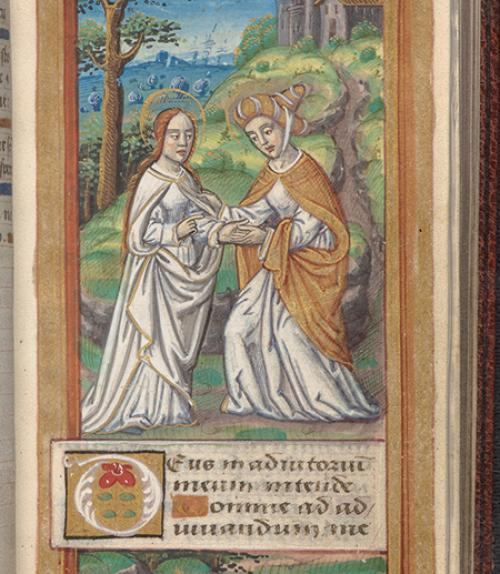
 Department Homepage
The College of Arts & Sciences
Department Homepage
The College of Arts & Sciences
'Gods and Scholars' brings religious artifacts to light
Just because Cornell University is nonsectarian doesn’t mean its founders objected to the discussion, practice or study of religion.
More news





